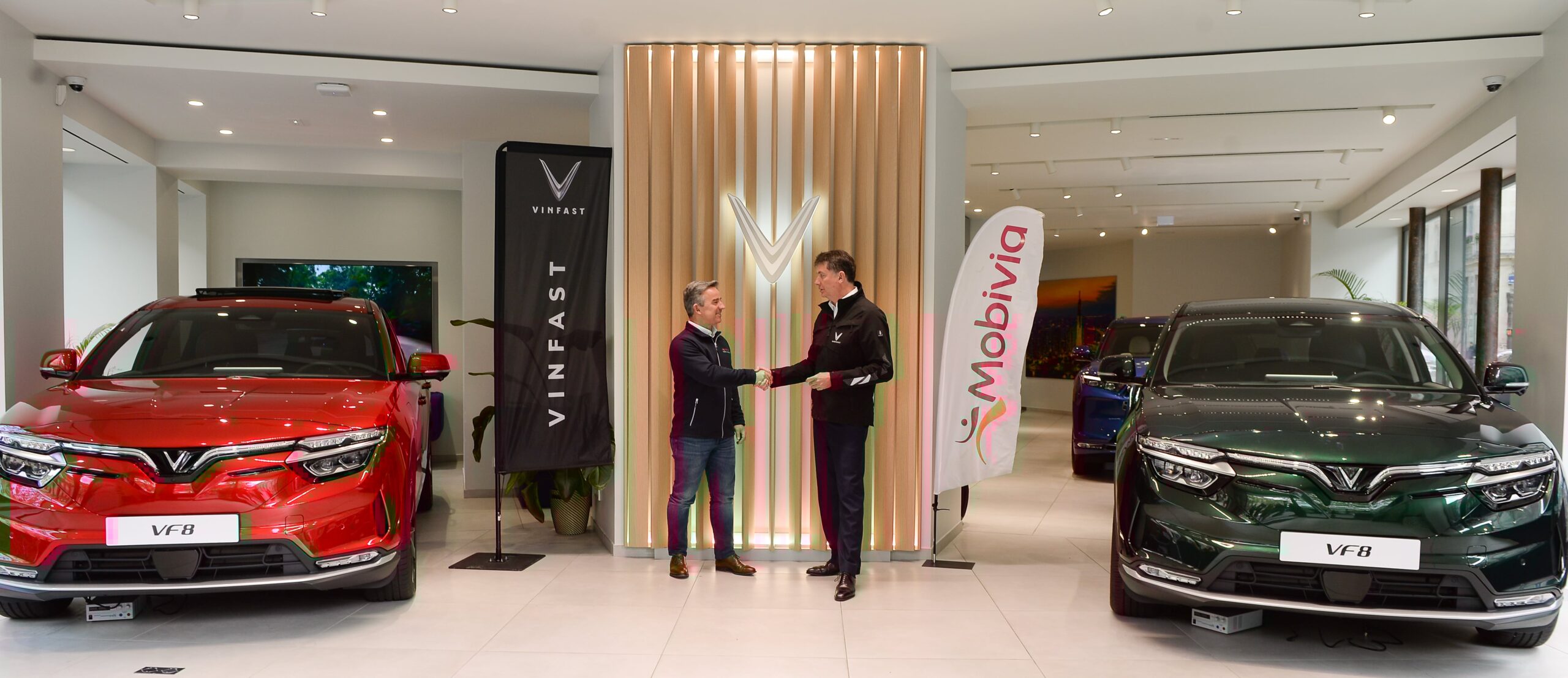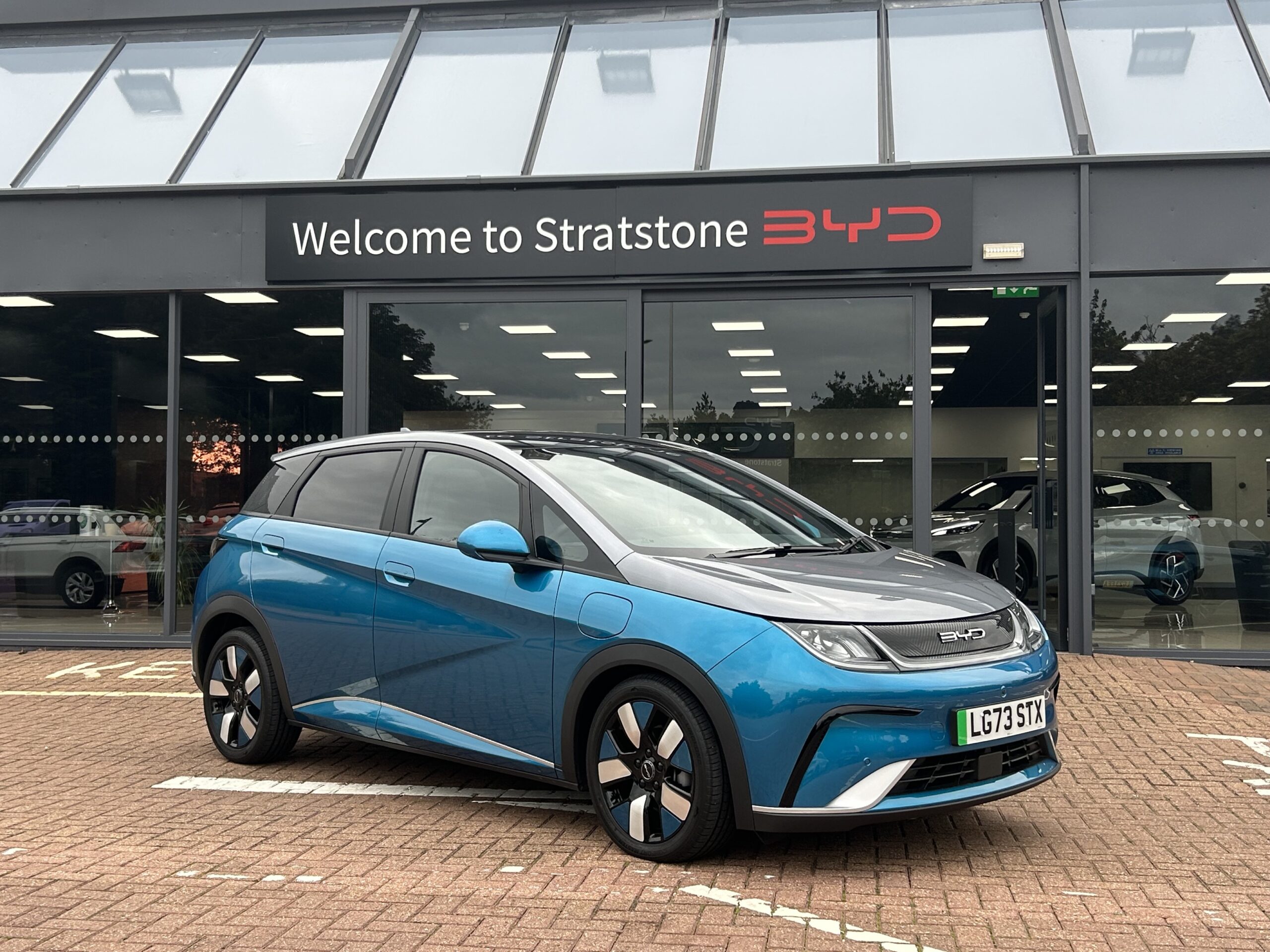How retailer reassurance can help new brands

11 November 2024
SHARE
The automotive retail landscape is undergoing a period of major change with the arrival of automotive brands who are looking to break into a market that has been dominated by legacy manufacturers. It is well-publicised that Chinese OEMs are coming in big numbers, but what does that mean for the market in general and also the existing retailer network?
The most recent Auto Retail Live webinar looked at this area as an extension of the New Entrants Report, published in association with Auto Trader. Expert opinion came from: Victor Zhang, country director of Omoda & Jacecoo UK; Andrew Pilkington, deputy CEO – sales and marketing, Vinfast UK and Ian Plummer, commercial director of Auto Trader.
With Omoda & Jaecoo going down the retailer route – as opposed to agency – and now with more than 60 outlets around the UK, Zhang said there were specific elements the company was looking for with its partners. “We have spent over a year in preparation for our debut and carefully chose the franchise businesses that were right for us. We think that retailers are one of the most partners for us because they are established in the UK and can bring trust and confidence to customers and provide aftersales service, which is very important for us.”
Victor explained that the Omoda was looking to compete with established brands and cars such as the Nissan Qashqai (with the Omoda 5). “The first model is obviously an important one for us and our main competitors will be those from Japan and Korea,” he explained. “We call what we offer affordable premium – good quality but a price that is not so high.”
Background benefits
Andrew then talked about how his experiences with Polestar and Genesis – and now Vietnamese brand Vinfast – have helped relationships with retail. “I’ve spent 30 years working with retailers and seen a consolidation over that time,” he explained. “I had the opportunity of helping to set up Polestar in the direct-to-consumer space and it was fascinating. Over the past 8-10 years I’ve seen the move to direct-to-consumer making the car-buying business easier. However, it is very clear that setting up a new car brand is not for the fainthearted and the retailer plays a really important role in the customer experience and bringing a brand to market. We’ve seen recognition that direct-to-consumer alone does not work alone and we’ve seen those that have gone down that route move to different models. They’ve recognised the importance of established retailers in the marketplace who enjoy the trust of the customer.
“When I was setting up Vinfast UK, we took all of those elements into consideration and planned a retailer-based franchise model,” added Andrew. “All the evidence suggests that it is required when you bring a new brand to market.”
Chinese challenges
Clearly, there is a lot to learn when a manufacturer sets up in a new market such as the UK. As a result, brands such as Omoda have leaned on retailers for their feedback, but also tried to explain the reasoning behind the company’s mission and the product range that it is proposing. “One of the attractive parts of our offering is the combination of powertrains we have,” said Victor. “We are embracing the EV mandate, but we are also fully aware that petrol plays a role. That’s why we provide customers and retailers with not only EVs but also petrol and hybrids.
Victor explained that when he spoke with retailers, a few things stood out. “Retailers were fascinated about the design and technology involved and the affordable premier offering We don’t have too many versions of our cars and even the base model specs have a high level of technology within it. People are amazed because they think that standard would cost more.”
The rise of the retailers
Following experiments by manufacturers with agency models and direct-to-consumer, a lot of them seem to have come back to what they know best – the reliable retailer. Ian said that could only be a positive for the market as a whole. “Retailers always been very good at finding customers,” he said. “In the context of new entrants, if you’re expanding across the world rapidly, you are building a lot of cars and putting them into your supply chain. They won’t always all end up invoiced to a final consumer. If the manufacturer is in agency, it’s only when they invoice that final consumer that they get some cash back into the balance sheet. The local reassurance factor cannot be underestimated, either. The availability of an aftermarket offering and local support and advice is much more likely to win over consumers.
Thoughts from the end users
For the view from the consumer, Ian said that the consumer was interested in looking at anything that is new in the market because they are more likely to have more questions when they look at the new choice that comes with electric. “We’ve got to the point now where customers are less likely to stay with their existing brand and more likely to be open-minded about what else is on the market. When they do look around, they see great quality of vehicles and some real head-turning models. What they need to a greater awareness of these brands – but the same could be said of the likes of Polestar a few years ago. We sometimes forget how quickly these things move.
Ian added that when brands come into the market they do need to build awareness and said that Victor and his team had done a great job. “At Auto Trader, we try to do our job by helping them do theirs and turn heads because consumers might not naturally see them to begin with. Beyond that initial view, brands need to translate the interest to intent – and that is where the reassurance factor of retailers can really help.”
Article author: John Challen, editor, Auto Retail Profit



